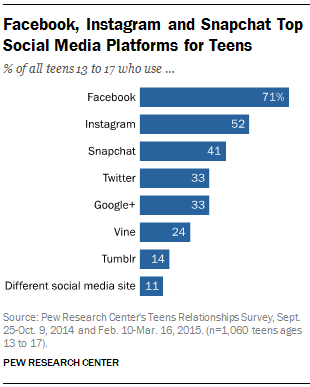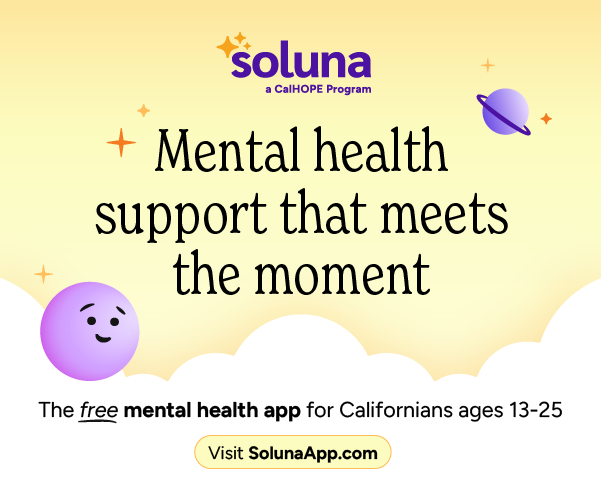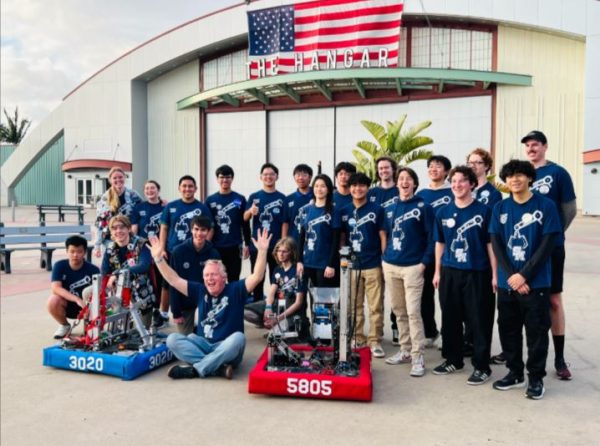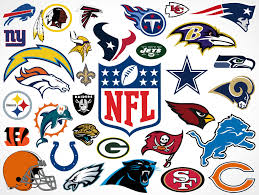Snapshots of Social Media
The twenty-first century is the beginning of many firsts in social media, teenagers and their technology.

Two words, one Internet, and many meanings: social media. Every day, the use of phones, computers, and other electronic devices fill the lives of twenty-first century citizens of all ages.
The development of technology has increased dramatically in the past decades. Martin Cooper made the first mobile phone call in 1973; Tim Berners-Lee invented the World Wide Web in 1990; the flip-phones in the early 2000s were quickly changed by Steve Jobs, who began the rapid trajectory of smartphones with the IPhone in 2007.
Social media is a computer-facilitated tool that allows people or companies to create, share or exchange information, career interests, ideas, pictures or videos in virtual communities and networks. Popular sites for multiple generations include Instagram, Snapchat, Twitter, YouTube, and others.
Here at SMCHS, there are many ways students use their phones every day.
SMCHS senior Michelle Luczo shows off the places and people she loves through her Instagram. This social site connects with her friends and people from all around the world to see how they are spending their time.
“I like being able to take photos of people and things,” said Luczo. “I love to look back on it and have it forever. I take a lot of pictures on my Polaroid and disposable film cameras and I really love having those too.”
Bloggers, like SMCHS sophmore Dalton Porter, keep a Web blog or publish an online diary. He has makeup tutorials, diet tips, vegan videos, life hacks, and vlogs.
“The main reason I started vlogging was that I knew I had a voice that I wanted people to hear,” Porter said. ” It’s a way of voicing your opinion on whatever the topic, yet the viewers are anonymous. Therefore, I think that’s what makes YouTube itself such a great platform.”
There are pros and cons for media use in the youth culture. Although communication is easy and creative expression is developed, exploitation and an excess of personal information spreads through the web if not used carefully.
“There are downsides to putting yourself on YouTube and social media, because people can be so immature and rude,” Porter said. “But what we’ve come to realize is that bullying itself is just a magnification of the insecurities you see in yourself, so seeing all these wild personalities with big voices on the internet can be intimidating, but it’s what will eventually lead to the regression of cyberbullying.”
Director of Communications at SMCHS, Amanda Coronado, finds media to be positive when used appropriately and with limits. It can help people properly brand themselves, showing who they are as a person, but she urges caution.
“A single post has the potential to damage your reputation,” said Coronado. “What is said on the internet does not go away.”
Besides student use, even SMCHS has an official presence on Facebook, Instagram and Twitter.
“From a school standpoint, it allows us to give people a look into life as an Eagle at SMCHS,” Coronado said. “It helps us connect and engage with others including our students, alumni and parents through our official school pages. It is also an effective way for us to share information including upcoming events. The main reason for social networking is connection: it keeps followers current on trends and fads and provides interaction with close and mutual friends. From Instagram to Snapchat, social media is an influence on our society, as the twenty-first century is only the beginning of many firsts.









